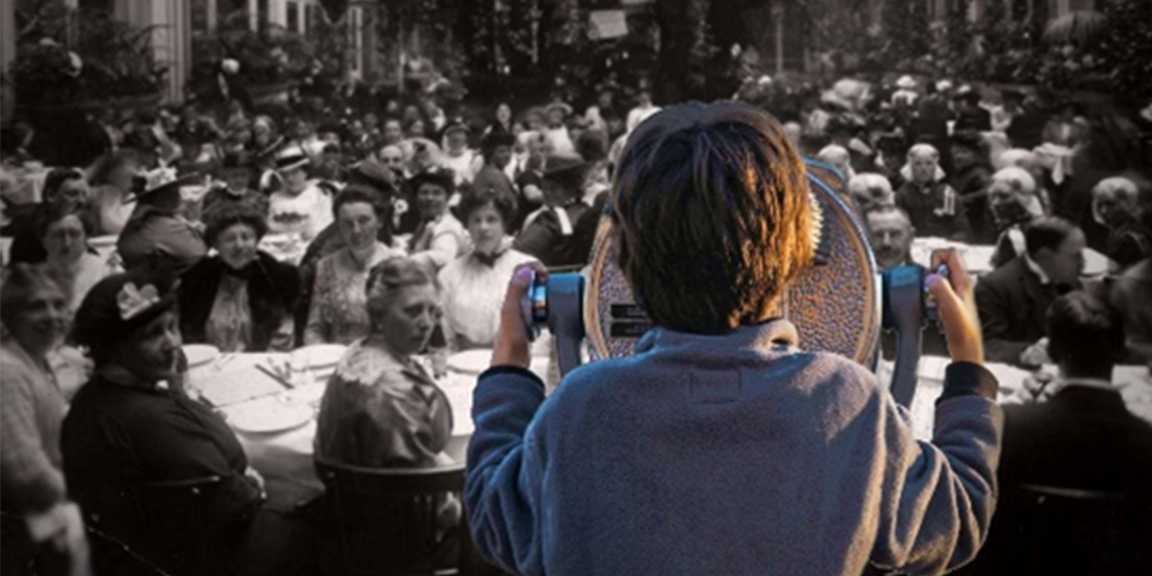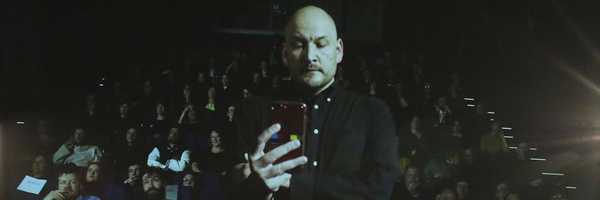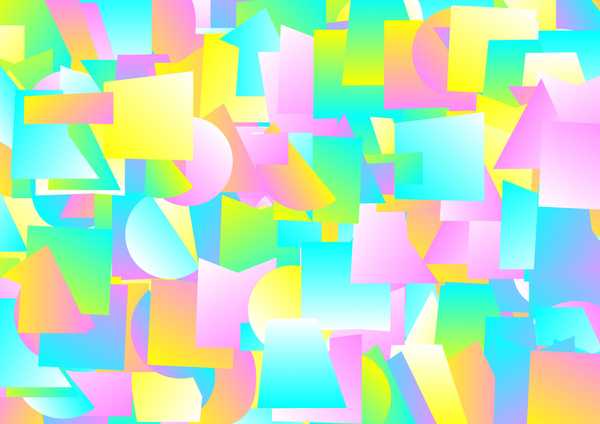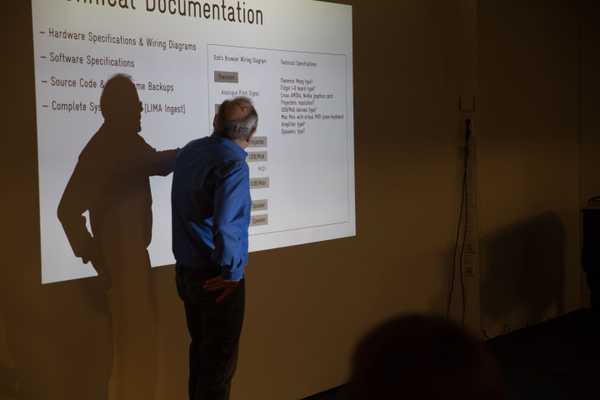
How to Preserve a VR Artwork
Saving a Vulnerable VR Work.
VR artworks are especially vulnerable to being lost, dependent as they are on a network of technology and services. So, how can we be proactive in sustaining these works and their defining characteristics for the long term?
What Is Virtual Reality?
Virtual Reality (VR) is an immersive technology that exhibits a number of key characteristics such as interactivity, imaginativeness and immersion. Artworks have been exploring the possibilities of VR as a basic concept for years, beginning with panoramic paintings and bridging into early forms of VR technology in the 1900s. Current VR technology is composed of head sets, sensors, gloves, trackers and controllers that transport users to the world of the artwork. Artists are also increasingly creating their own VR works, which are slowly but surely gaining a place in the collections of museums and other organisations.
What Makes VR Artworks Vulnerable?
VR artworks are inherently dependent on proprietary technology, meaning here that the rights for this technology are owned by external parties that can update or discontinue hardware or software as they see fit. This poses obstacles for preservation, especially when an artwork is dependent on, for instance, an Oculus Quest headset that is no longer available from the company.
Opening scene of 100 Jaar Vrouwenkiesrecht, Source: Atria Kennisinstituut, “Beleef 100 Jaar Vrouwenkiesrecht!” Youtube video, 3.26, 6 January 2020. Use the arrows in the top left of the video to move the camera.
So How Do We Preserve a VR Artwork?
In 2021, LI-MA conducted research into VR preservation, using 100 Jaar Vrouwenkiesrecht (2018 - 2019) by Justin Zijlstra in the collection of Atria Kennisinstituut voor Emancipatie en Vrouwengeschiedenis (Atria) as a case study. This research built upon previous investigations carried out by Tom Ensom and Jack McConchie (Tate) and was completed by LI-MA within a larger project of the Digital Heritage Network (NDE). This resulted in a publication and a round table held on July 20th, 2021. Questions addressed in the project are: How can we map out the user experience and conserve the technology used? How do we exhibit the artwork in the future? And how do the different versions relate to each other?
To learn more see below:
- A Practical Research into Preservation Strategies for VR Artworks on the Basis of Justin Zijlstra’s 100 Jaar Vrouwenkiesrecht by Eléonore Bernard, Olivia Brum, Mauricio van der Maesen de Sombreff and Gaby Wijers. NDE and LI-MA 2022 (PDF)
- Recommendation Checklist for the Preservation of VR artworks by NDE and LI-MA (PDF)
- Preserving Virtual Reality Artworks by Tom Ensom and Jack McConchie, Tate 2021 (PDF)
- Virtual Reality Artwork Acquisition Information Template by Jack McConchie, Tom Ensom, Savannah Campbell, and Mark Hellar, Tate 2019 (Google Doc)










